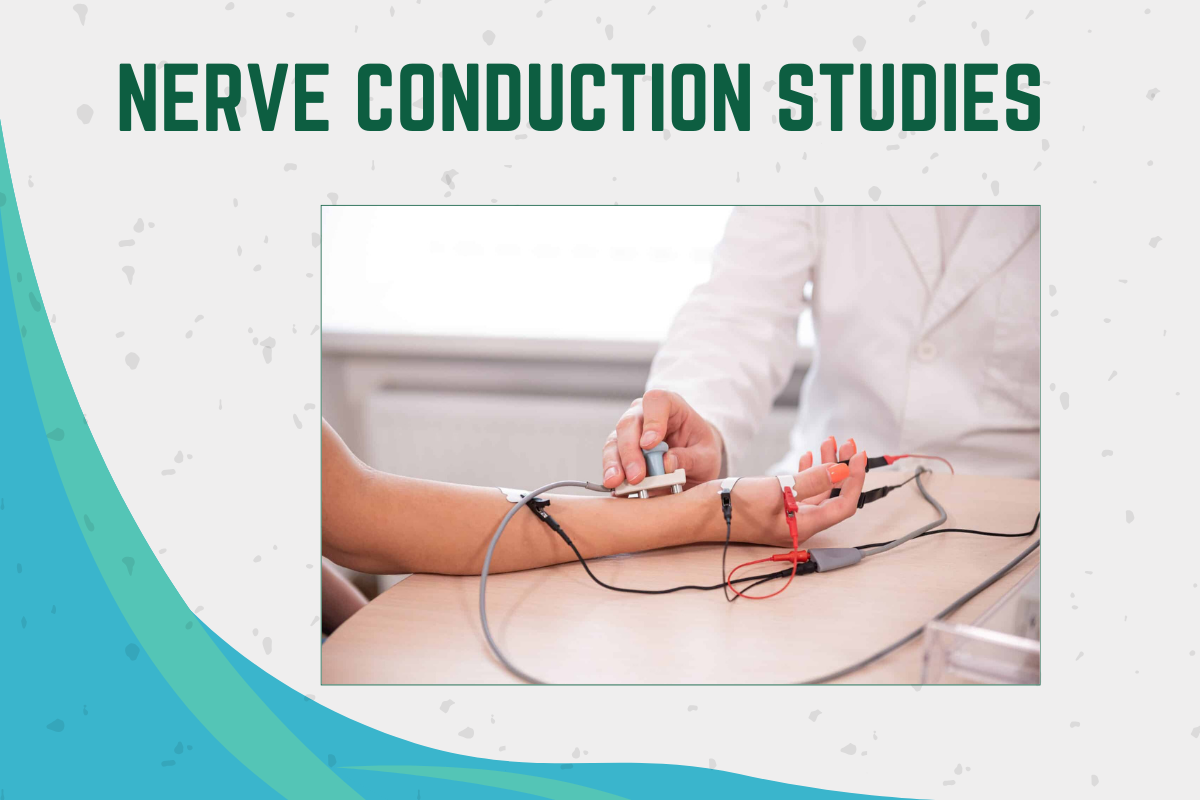NERVE CONDUCTION STUDIES
A nerve conduction study (NCS) is an electrodiagnostic test used to evaluate the electrical conduction, and thus the function of the motor and sensory nerves of the body.
Uses
- Uses of sensory NCS include evaluating parasthesias (numbness, tingling burning sensations) in a limb or a part of the limb (eg. Carpal tunnel syndrome, Guyon's canal syndrome, peroneal neuropathy), in two or more limbs or parts of the limbs (eg. Guillain -Barré syndrome, diabetic neuropathy) Uses of motor NCS include evaluating weakness in muscle/s of limb/s (eg. nerve root compression due to herniated disc, motor neuron disease, muscular dystrophy, poliomyelitis).
INDICATIONS
NCS is indicated when there is:
- Weakness in the limb/s
- parasthesias in the limb/s
- Painin the limb/s
- Suspected spinal nerve compression
- Suspected neurologic injury or disorder affecting peripheral nerves
- Electromyography (EMG) is an electrodiagnostic technique used for recording the electrical activity produced by skeletal muscles. An electromyograph is used to detect the electrical potentials generated by muscle cells when they are neurologically or electrically activated. These signals are then analyzed to evaluate normal or abnormal activation level and recruitment of muscle fibers in various disorders of muscles and nerves of central nervous system as well as peripheral nervous system.
Uses
- To identify neuromuscular disorders
- To diagnose peripheral nerve compression or injury (eg. Carpal tunnel syndrome, Cubital tunnel syndrome)
- To identify nerve root compression or injury (eg. due to herniated intervertebral disc, sciatica)
- To check for causes of muscle weakness and wasting and help differentiate between neuropathy and myopathy
- To diagnose muscle disorders such as muscular dystrophy
- To evaluate motor problems such as involuntary muscle nvitching (eg. Motor neuron disease)
- To diagnose disorders those affect the motor neurons in the spinal cord, such as amyotrophic lateral sclerosis or polio



